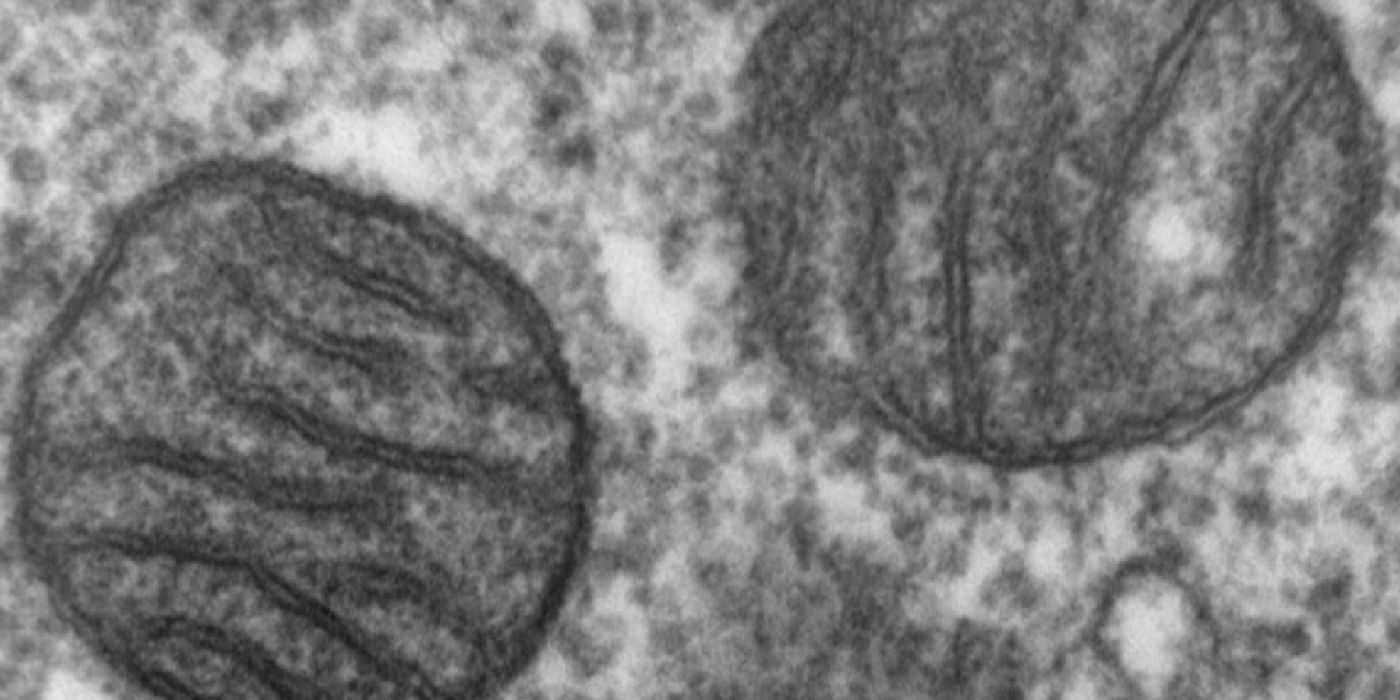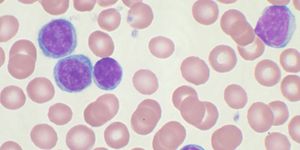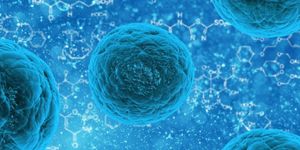Scientists Stumble on a Way to Find New Antibiotics
Science sometimes happens by accident. And happily, sometimes these accidents have the potential to radically transform medicine. This is the story for scientists at the University ofSalford in the UK – they started on a journey to look for a way to target cancer, but may have stumbled on a way to find new antibiotics!
"A little like Alexander Fleming, we weren't even looking for antibiotics rather researching into new compounds that might be effective against cancer stem cells," said Dr. Michael Lisanti, Chair of Translational Medicine at the University's Biomedical Research Centre, and the study’s senior author. "We have accidently invented a new strategy for identifying and designing new antibiotics to target drug resistant bacteria.”
Lisanti’s team works mainly with cancer stem cells. Mainly, they wanted to target cancer by blocking the cells’ mitochondria – the proverbial “powerhouse” of the cell, without which cells can’t survive. In their search, the team realized the similarities between targeting the mitochondria and targeting bacteria.
"Mitochondria and bacteria have a lot in common," stresses Lisanti. "We began thinking that if what we found inhibited mitochondria, it would also kill bacteria. So, these new anti-cancer agents should also be potential antibiotics.
Of course Lisanti is not the first to hone in on commonalities between the mitochondria and bacteria. Other scientists have observed that the mitochondrion very much resembles a single-cell organism with double membrane walls and its own set of genetic material. In fact, under the endosymbiotic theory, what we know as mitochondria today used to be primitive bacterial cells.
While Lisanti and colleagues were hunting for “ammunition” against cancer cells’ mitochondria, they realized these compounds could also have the potential to be antibiotics. Based on the 3D structure of the mitochondrial ribosome, the team identified 800 compounds with mitochondrial inhibition potential from a list of 45,000 compounds. Then, through drug screenings, they narrowed down the list to just 10 compounds that killed 5 types of common bacteria, including Streptococcus, Pseudomonas, E.coli, and even methicillin-resistant Staphylococcus aureus (MRSA). Some compounds also kill Candida albicans, the culprit behind pathogenic yeast infections.
"I think we've accidentally invented a systemic way of creating new antibiotics which is simple, cheap and could be very significant in the fight against superbugs," said Dr. FedericaSotgia, a study co-author. The team called their small molecule antibiotics “Mito-riboscins” from their targeted origins.
"This was under our nose. The bottleneck with antibiotic discovery has been that there was no obvious systematic starting point. We may now have one. These broad-spectrum antibiotics were discovered, by simply screening candidates first on mitochondria in cancer cells,” said Lisanti.
Since the Golden Age of antibiotic discovery in the 1950s and 1960s, we've not added a new antibiotic to the list. And so the current discovery couldn’t have come at a more opportune time, as new cases of superbugs are found in increasing numbers.
Additional sources: MNT, University of Utah









